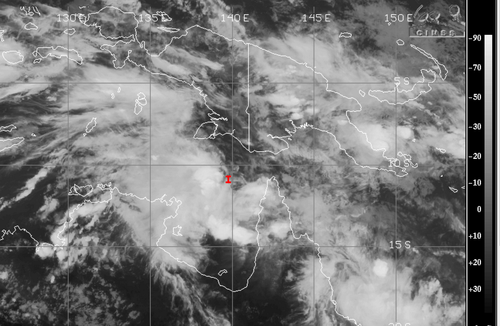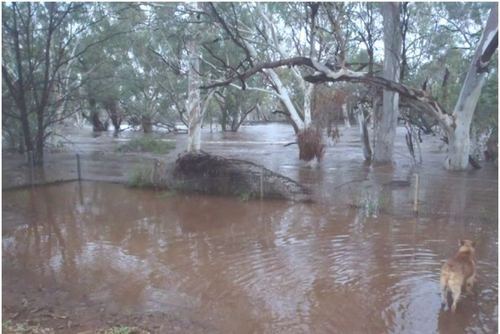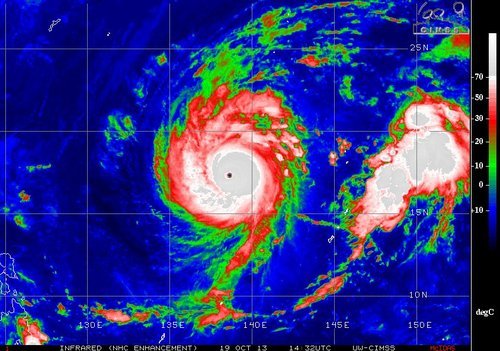Cyclone Takes Aim at Northern Queensland
On Thursday, March 7th an area of convection appeared off the northern coast of Australia in the Arafura Sea, associated with a weak tropical disturbance. Since then the convection has remained nearly stationary due to steering winds being fairly weak but not much organization has occurred. However, the disturbed area is expected to organize quickly today into tomorrow as it drifts slightly to the southeast where shear values are low and sea surface temperatures are very warm; 30-31°C. By Sunday evening it is expected that Gillian become a category two cyclone, just off the northern coast of Queensland.

The Australian Bureau of Meteorology (BoM) warns that winds could approach 150km/h in areas closest to where it makes landfall. Shoreline areas are most at risk along the peninsula due to the storm surge and large waves. Flooding/flash flooding is also expected as areas along the coast have received around 850mm in February; over double their average rainfall for that month. Another 250-400mm could fall in the region due to Gillian. It is expected that Gillian linger through the beginning of next week and die out as it continues south over land.

Interestingly enough a second, weaker, cyclone is spinning off the east coast of Queensland and is expected to make landfall at about the same time that Gillian does as a strong category one. Both cyclones are to watch Sunday into the beginning of next week as they pose a threat to the northern and eastern areas of Queensland. The Australian cyclone season begins November 1st and ends April 30th and on average they see about ten cyclones per year.




